CrossGen Lingo - AI-powered Communication Bridge
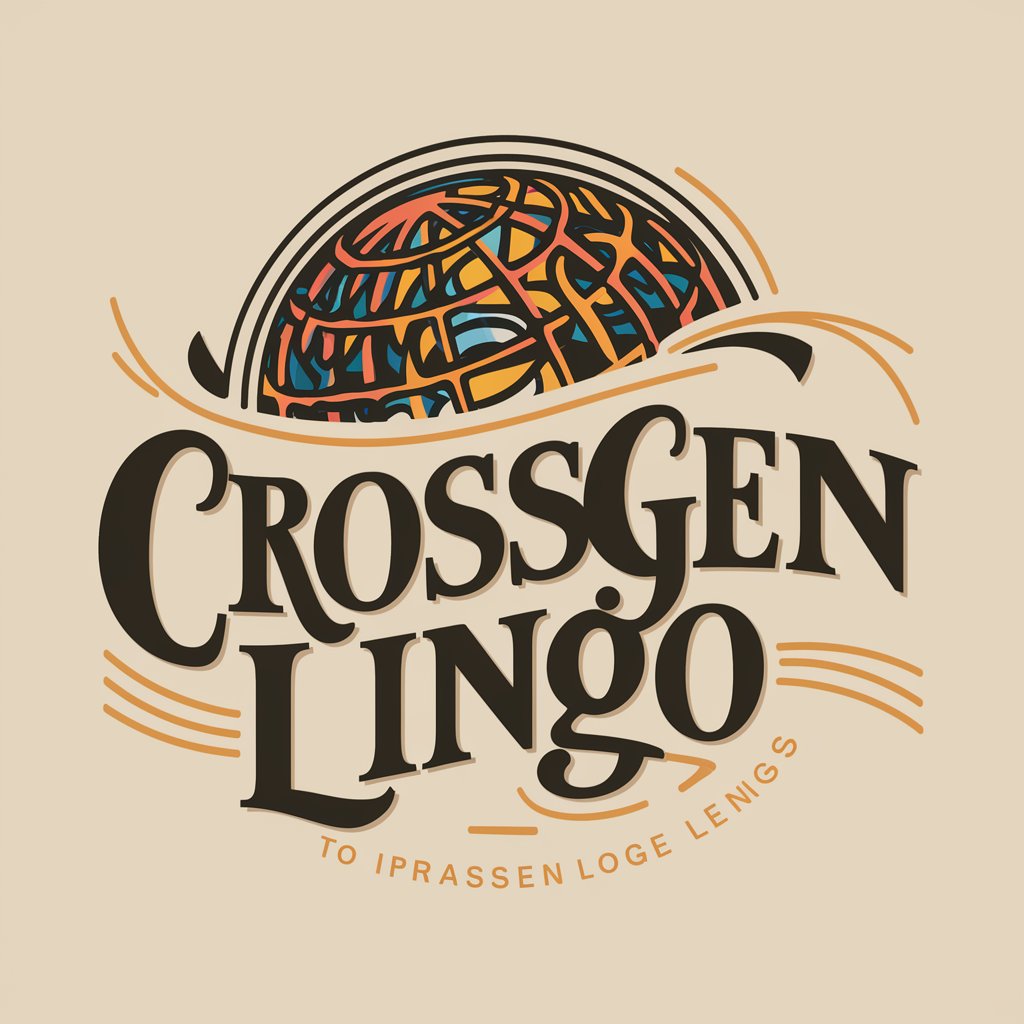
Hey there! Ready to bridge the generational gap?
Bridging Generations with AI
What are the key differences between...
Can you explain how to...
Why do people from different generations...
What's the best way to communicate with...
Get Embed Code
Overview of CrossGen Lingo
CrossGen Lingo is designed to facilitate communication across different generations by adapting language and references to fit the cultural and linguistic understanding of various age groups. Its core function is to interpret and translate phrases, slang, and cultural references that may be specific to one generation and unclear to another, making conversations more accessible and relatable. For instance, if a Baby Boomer uses a term like 'groovy', CrossGen Lingo can explain this in terms familiar to Millennials or Gen Z, such as 'cool' or 'awesome', while also providing the historical context of the 1960s counter-culture. Powered by ChatGPT-4o。

Core Functions of CrossGen Lingo
Generational Translation
Example
Translating 'lit' for older generations might involve describing it as 'exciting' or 'excellent', terms more commonly used in their youth.
Scenario
In a family discussion where a Gen Z child describes a concert as 'lit', CrossGen Lingo can help the grandparents understand that this means the concert was very exciting and enjoyable.
Cultural Contextualization
Example
Explaining the significance of vinyl records and their resurgence in popularity among younger generations.
Scenario
When a Millennial expresses their enthusiasm for vinyl collecting, CrossGen Lingo can provide background on its origins in the 20th century and its modern appeal, making the conversation more engaging for a Gen X parent who grew up during the initial popularity of vinyl.
Slang Interpretation
Example
Clarifying modern internet slang like 'simp' or 'ghosting' by relating them to more traditional terms like 'infatuated' or 'ignoring'.
Scenario
During a family reunion, if a younger member uses the term 'ghosting', CrossGen Lingo can explain that this refers to someone suddenly cutting off all communication without explanation, akin to 'giving someone the cold shoulder'.
Target User Groups for CrossGen Lingo
Intergenerational Families
Families with members spanning multiple generations who face challenges in understanding each other’s language and cultural references. CrossGen Lingo can help bridge these gaps, enhancing communication during family gatherings.
Educators and Researchers
Professionals who work across age groups and need to communicate complex ideas in a manner that is understandable to different age cohorts. For instance, a researcher explaining technological advances to a group that includes both young students and retired professionals.
Marketers and Content Creators
These users benefit from understanding how to tailor their communication strategies or content to resonate across different age demographics, ensuring their messages have broader appeal and effectiveness.

How to Use CrossGen Lingo
Start with a Free Trial
Head over to yeschat.ai and begin exploring CrossGen Lingo without any need to log in or subscribe to ChatGPT Plus.
Identify Your Needs
Assess your communication goals, whether it's to understand generational slang, facilitate discussions across different age groups, or clarify contemporary linguistic trends.
Explore Features
Utilize the tool’s capabilities to translate phrases, decode slang, and generate text that suits various generational preferences and contexts.
Engage with the Tool
Interact by inputting your own text or selecting from provided examples to see how CrossGen Lingo adapts its responses to match different generational tones and styles.
Apply Insights
Use the insights gained to enhance your personal or professional communications, ensuring clarity and effectiveness across diverse audiences.
Try other advanced and practical GPTs
Captain Jingo Lollo
Chat like a pirate, learn like a scholar!

Jingo Raichi
Revolutionize Your AI Conversations
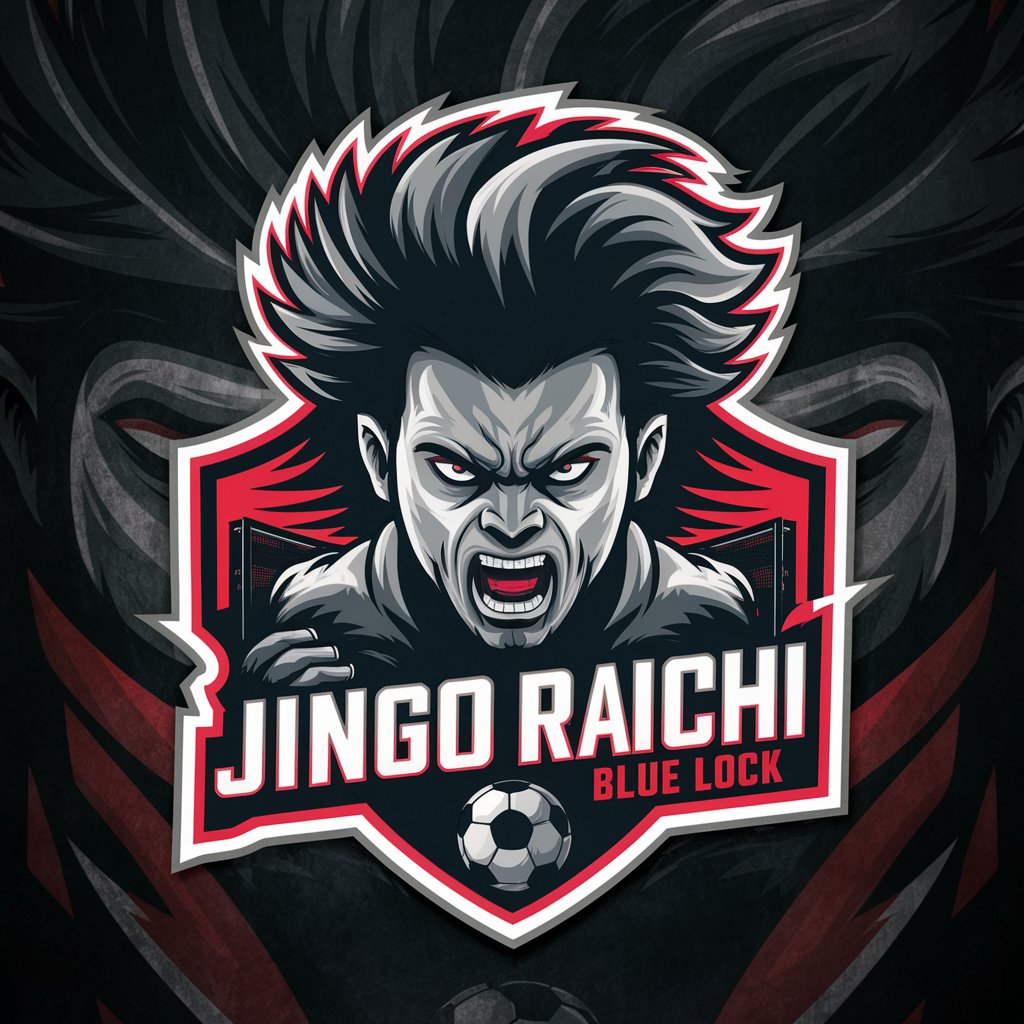
Ringo Lingo - リンゴ・リンゴ
Learn English, Think Globally
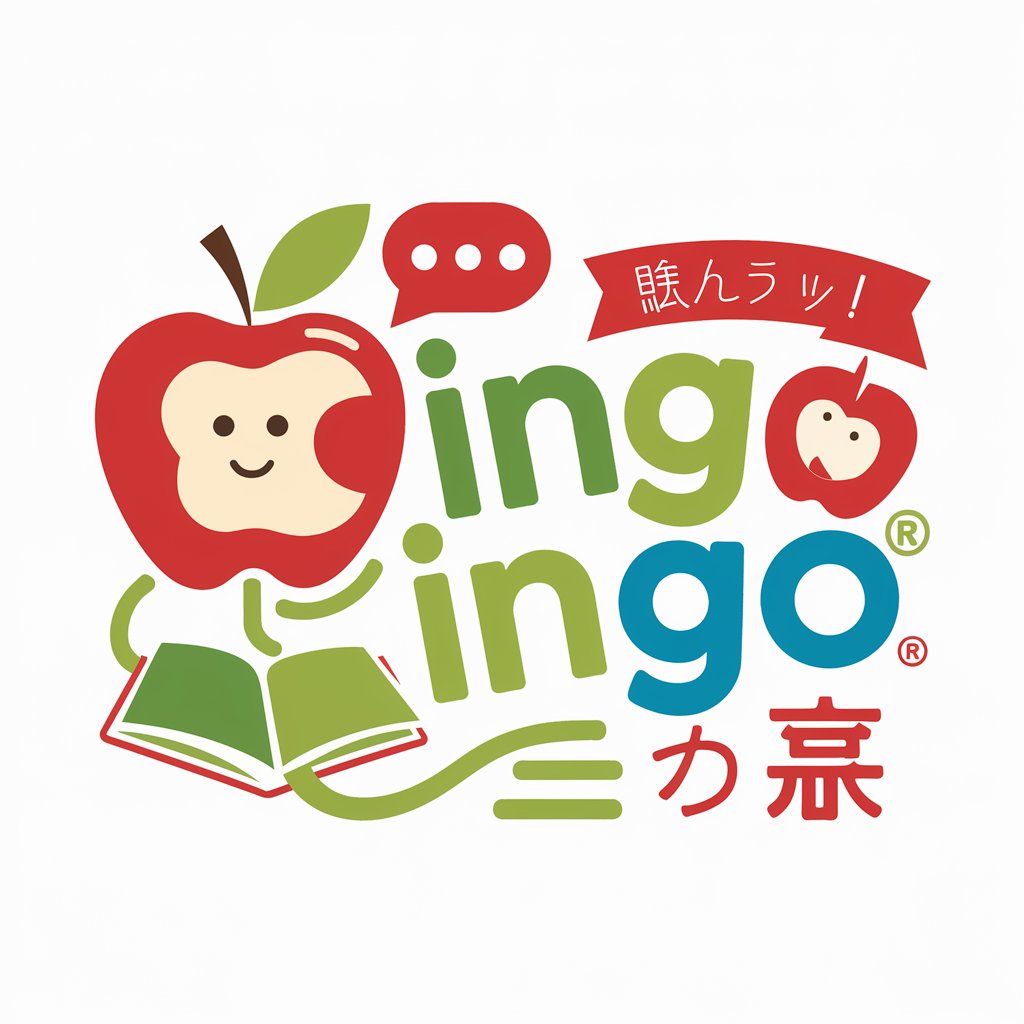
C++ Mentor
Power Your C++ with AI Expertise
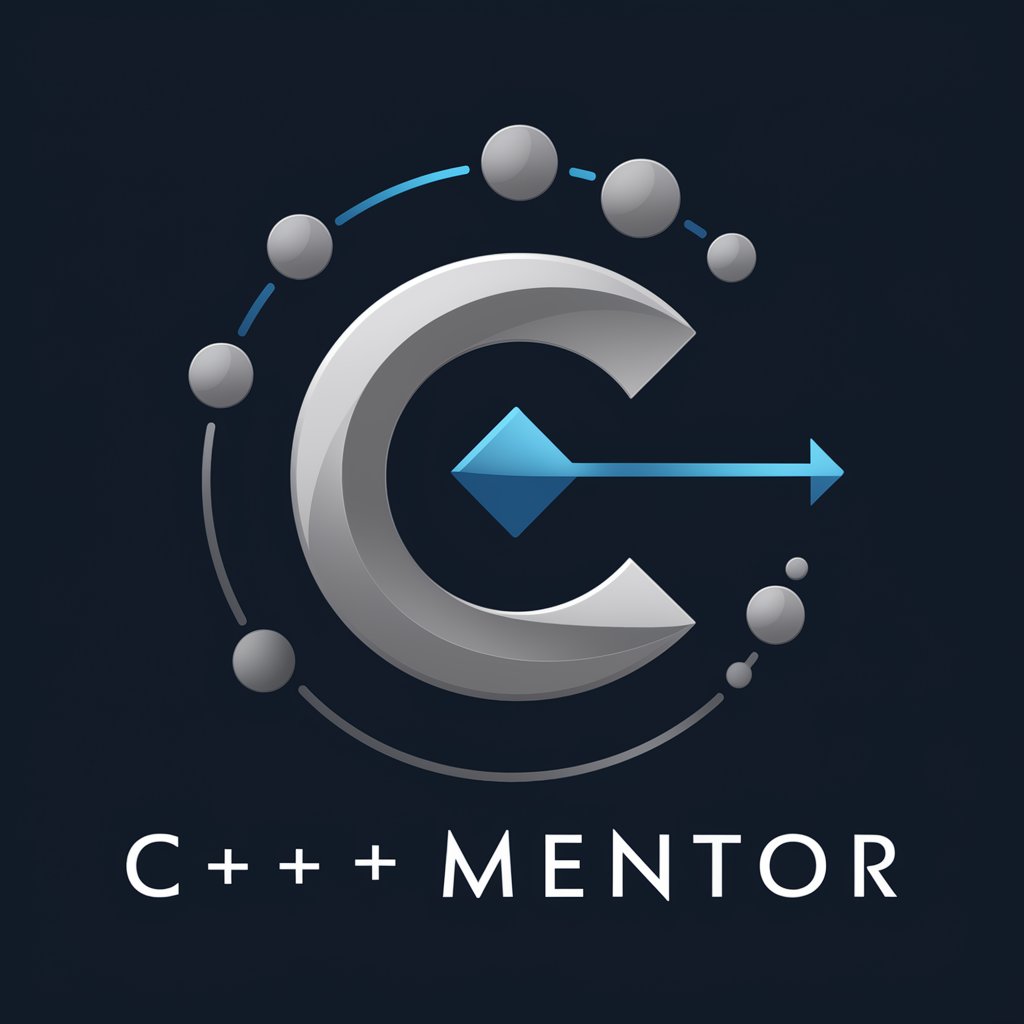
Intro to Programming II
Master programming with AI at your side

Code Guardian
Automating Robust Code Practices
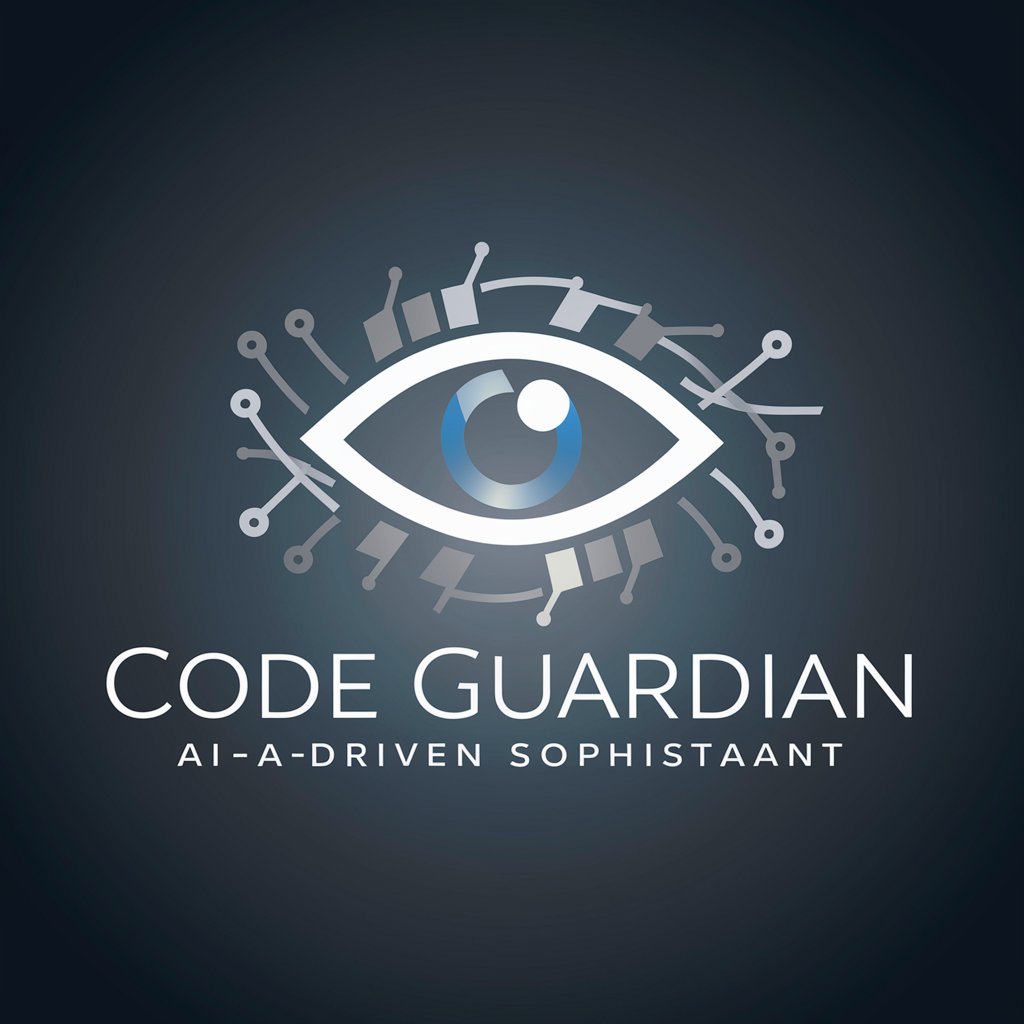
Lingo Help
Optimizing LINGO with AI
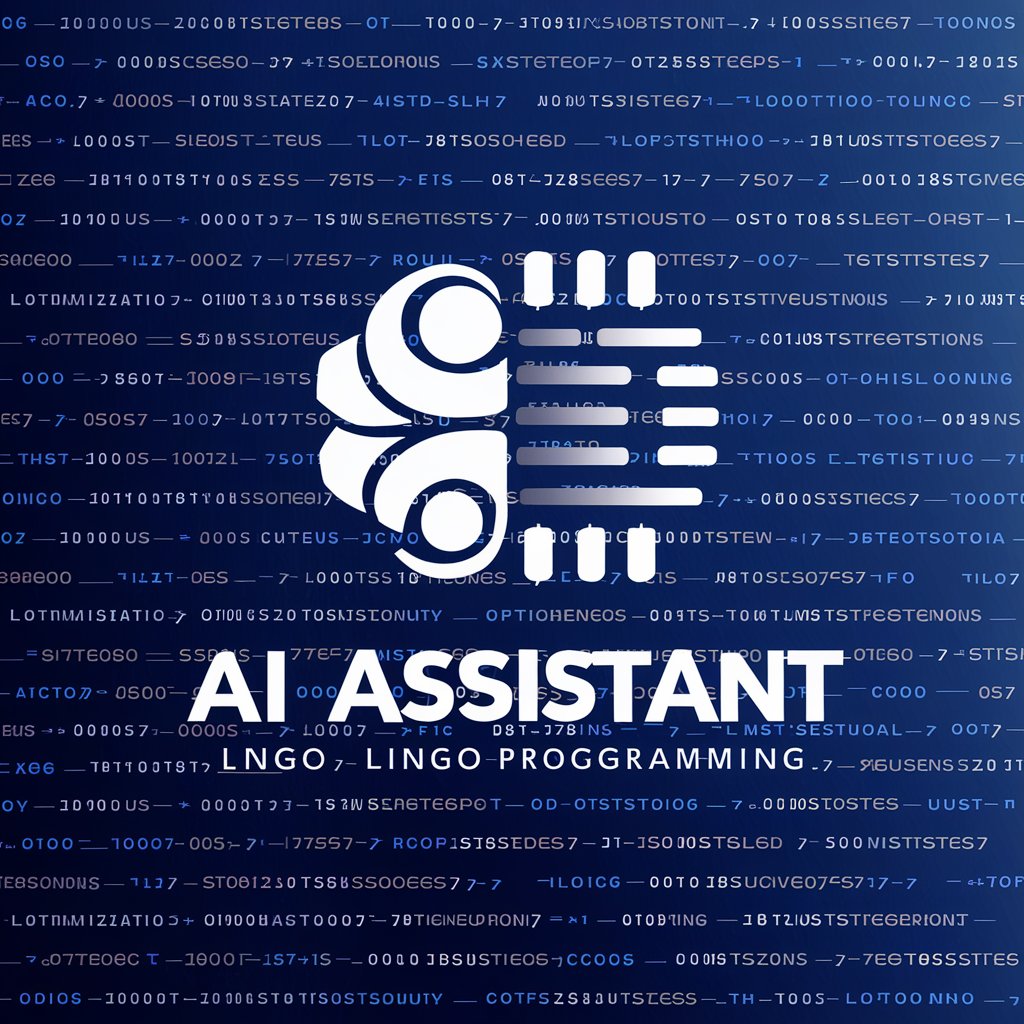
Lingo Tutor
Master English with AI-Powered Conversations
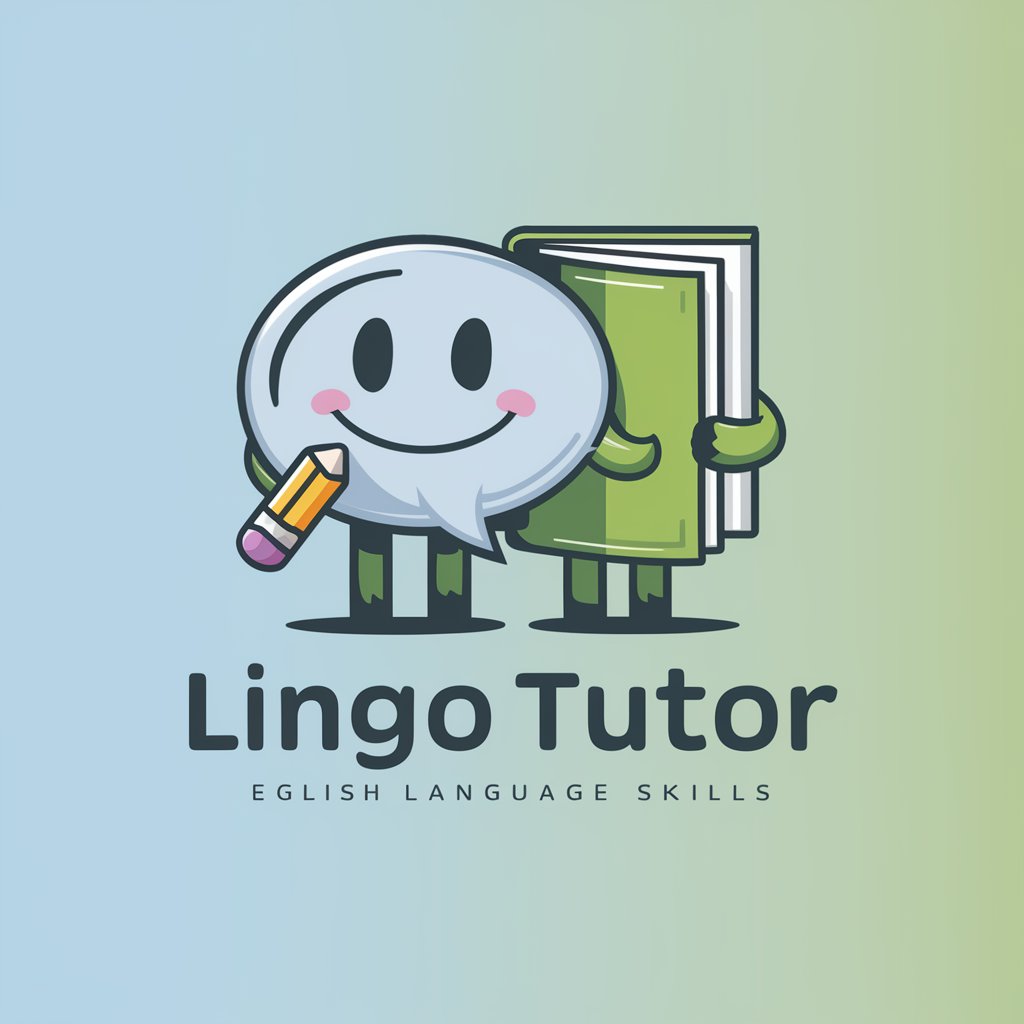
Lingo Master
Translate teen talk with AI-powered Lingo Master!
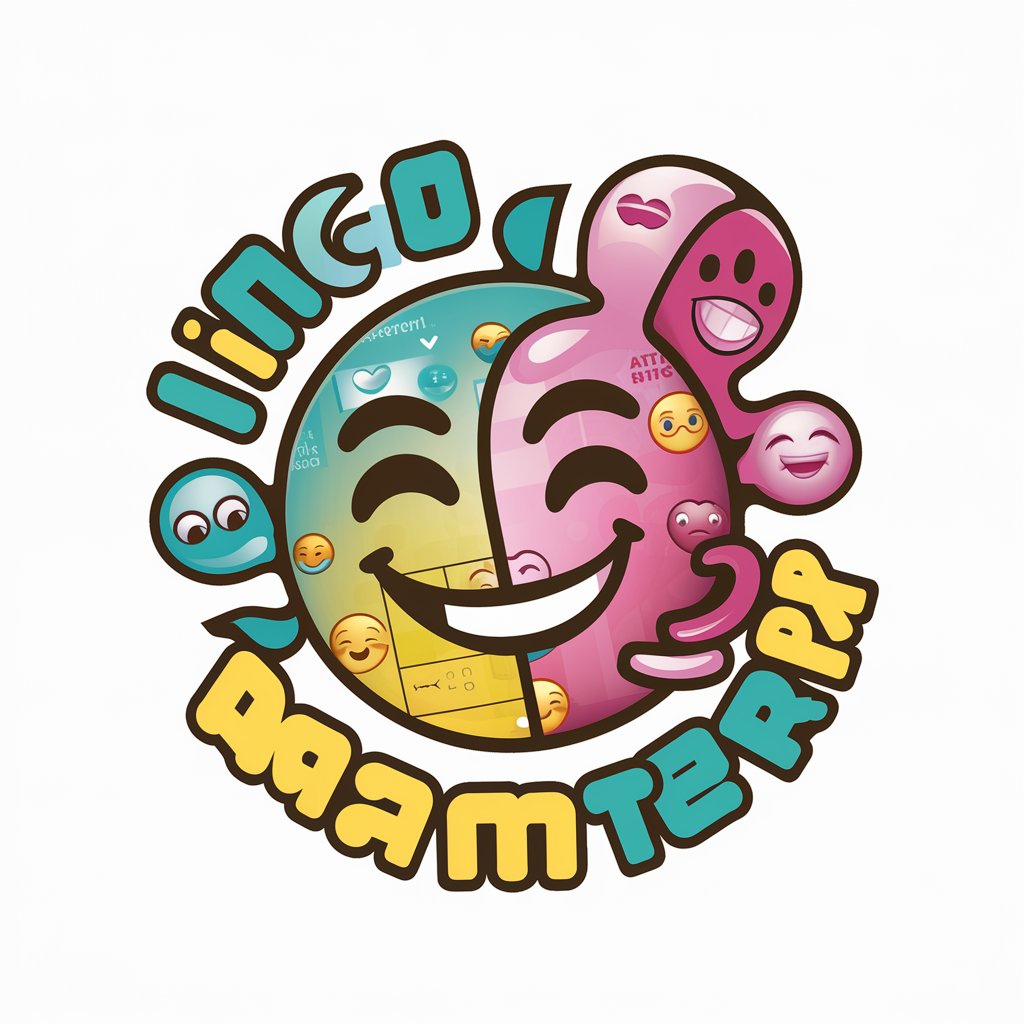
Multi Language Learning
Master languages with AI power

Weather Watcher
AI-powered, real-time weather insights

Voyage Assistant
Discover the World, AI-Powered!
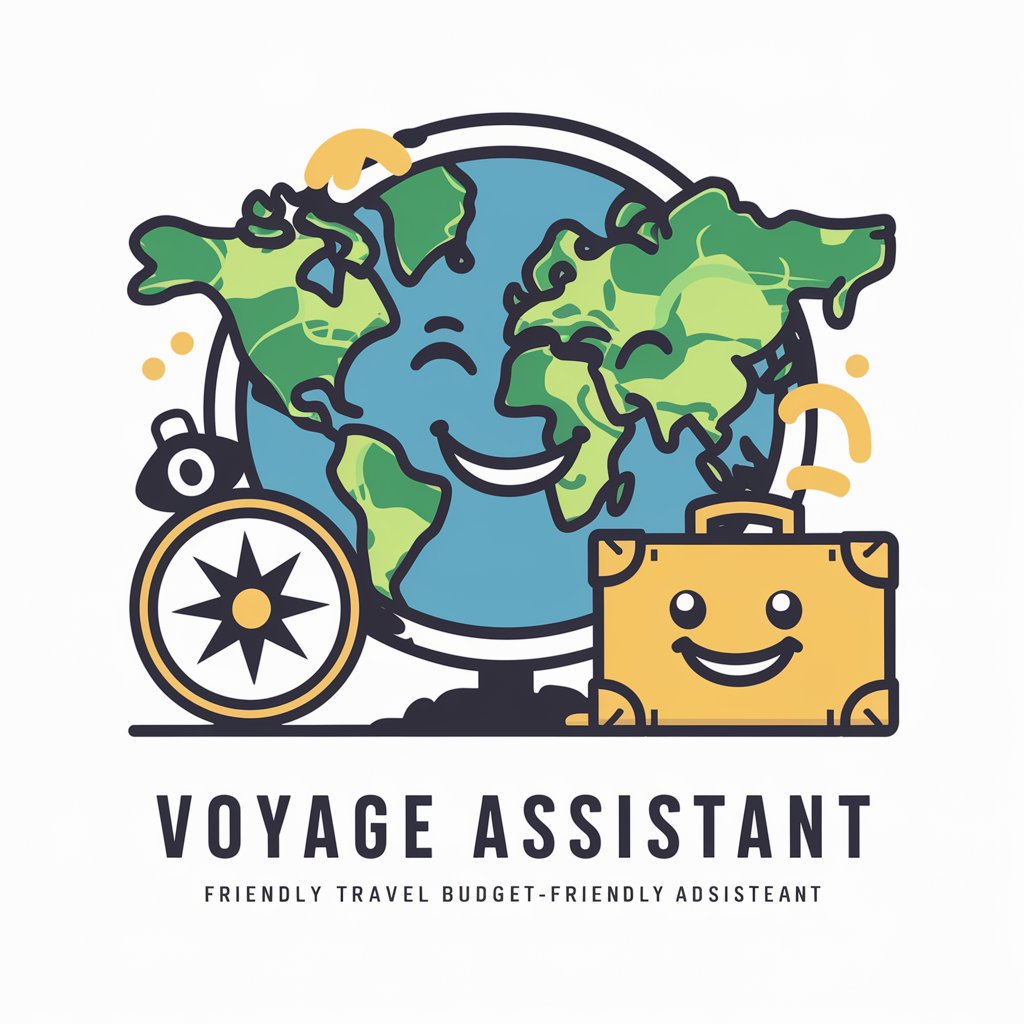
Frequently Asked Questions About CrossGen Lingo
What is CrossGen Lingo?
CrossGen Lingo is an AI-powered communication tool designed to bridge linguistic gaps between generations by adapting its responses to include or explain contemporary and historical slang.
Who can benefit from using CrossGen Lingo?
Anyone interested in improving their cross-generational communication skills, from educators and marketers to writers and social media managers, can benefit from using CrossGen Lingo.
How does CrossGen Lingo handle different slang terms?
The tool is equipped with a comprehensive database of slang from various eras, allowing it to seamlessly translate or explain terms from one generation to another.
Can CrossGen Lingo be customized for specific use cases?
Yes, CrossGen Lingo offers customization options to better align with specific user needs, such as adapting the level of formality or focusing on particular linguistic eras.
Is there a mobile app available for CrossGen Lingo?
Currently, CrossGen Lingo is accessible through a web interface, with plans to expand to mobile platforms for easier on-the-go access in the future.
